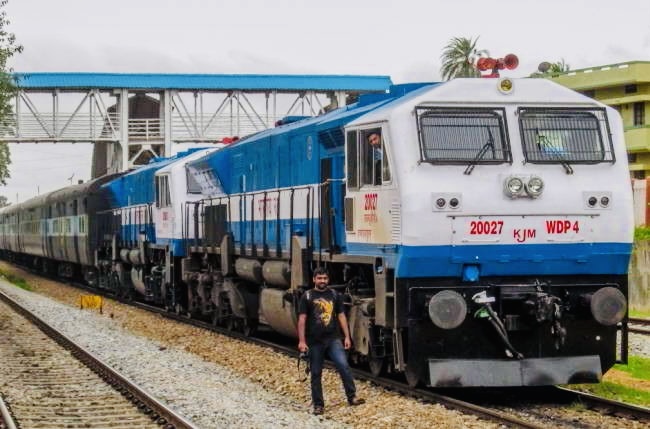If you’ve ever observed locomotives running on Indian railways, you may have noticed a 5-digit number prominently displayed on their sides. These numbers serve a crucial purpose and carry significant meaning within the railway system.
The 5-digit number found on locomotives is known as the locomotive’s unique identification number. It acts as a distinctive identifier for each locomotive, enabling easy tracking, maintenance, and record-keeping. These numbers are assigned by the Indian Railways authorities and play a vital role in managing the extensive fleet of locomotives across the country.
The first two digits of the number indicate the zone or division to which the locomotive is assigned. Indian Railways is divided into several zones and divisions, each responsible for specific regions and routes. The first two digits help identify the particular zone or division to which the locomotive belongs.
The last three digits represent the unique number assigned to the locomotive within its zone or division. This number is used for internal administrative purposes and helps in maintaining accurate records of locomotives’ performance, maintenance history, and operational details.
The 5-digit number system is an efficient way to manage and organize the vast fleet of locomotives in the Indian Railways network. It allows authorities to monitor and track locomotives, ensuring timely maintenance and efficient allocation of resources.
So, the next time you spot a locomotive on an Indian railway, pay attention to the 5-digit number on its side. It is not just a random sequence of numbers but a vital piece of information that plays a significant role in the smooth functioning of the railway system, ensuring safe and reliable transportation for millions of passengers every day.

